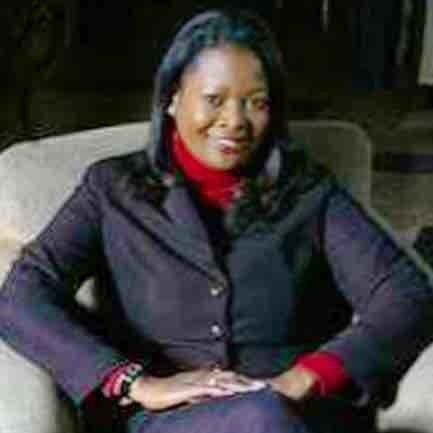When Eloise’s Cooking Pot started a program to purchase produce from local BIPOC farmers and producers, it didn’t take long to identify a slew of challenges in those working relationships.
While the farms produced food that was unparalleled in quality and rich in cultural relevance, they often struggled with practices that fell outside the realm of growing food – like transporting food, marketing it, or invoicing for it. Eloise’s Cooking Pot’s experience is similar to that of other hunger relief organizations that have had to overcome barriers to working with local farms, such as dealing with smaller crop yields and limited cash flow.
“It’s not been smooth, but we are committed,” said Ahndrea Blue, Founder and CEO of Tacoma, Wash.-based Making A Difference Foundation, which runs Eloise’s Cooking Pot, speaking last month at the Anti-Hunger Policy Conference in D.C.
That commitment began about a year ago, when Blue found out that a nearby farmers market had lost access to the parking lot where its producers, many of them Black, Brown, Indigenous and/or members of refugee populations, set up their booths every week. She thought, “There’s a food shortage, you guys are displaced and have amazing product, how can we buy it?” She already had access to fresh produce and meats from a variety of distributors, “but this set of farmers … they grow on a whole ‘nother level,” she said.

Initially, Blue managed to connect with ten of the displaced farmers. Through word of mouth, she eventually was put in touch with another 28. It didn’t take long, however, to run into complications.
“The first farmer we purchased from could not invoice us and we didn’t understand why,” Blue said. It turned out, he and a few other farmers didn’t keep accounting books. Some farmers didn’t have their businesses licenses in order. Others needed equipment they couldn’t afford. For many farmers, the concept of wholesale pricing was unfamiliar. Other farmers were struggling to identify new markets and some faced problems transporting their food.
“We realized these were common issues and we wanted to make sure that anybody we were working with had everything they needed to be as successful as possible, to make them all profitable and viable,” Blue said.
Blue is a lawyer and members of her team are well-accustomed to applying for grants, as well as billing and developing businesses. So, Blue organized a pilot in which pantry staff gives free technical assistance to farmers — teaching them everything from how to write a business plan, to keeping the books, to learning about food safety — and additional seminars on how to apply for grants.
Many farmers were also short on labor so Blue hired a staffer to travel to farms, pick and package produce, and deliver it back to the food bank. She hired an additional grant-writer for them, too.

The big win: this June she’s been able to contract to buy all the products her farmers are raising, and to pay them in advance for it all, which she calls “exciting for everyone.” With the pilot now coming to an end, she’s currently fundraising for the next stage in her farmer partnerships: creating a hub where producers can share processing space and an office with on-site support. (This will not be the first such food hub in Washington state. Food Lifeline also is building one.)
So far, Blue’s been able to count many successes in these farmer partnerships. One of her favorites involves a third-generation Black beef cattleman named Farmer Ed, who once referred to his operation as a hobby — he’d never had a business plan and never made a profit. “He fought with me for three months about [filing his paperwork],” said Blue. Eventually, having accepted help to set himself up as a legitimate business entity through the food bank pilot, he finally turned a profit and stopped investing his own cash in his operation.
Food bank clients, who are free to “shop” the pantry five days a week, have noticed a difference in the quality of the food that’s now available to them at Eloise’s. In addition to beef — “every high-end piece, including T-bone steaks and prime rib,” said Blue — the food bank offers all parts of the pigs, lambs, chickens and turkeys it sources. Microgreens grown by a BIPOC-owned farm called Garden of Eden continue to grow once clients get them home. Plus there is a long list of produce, including sweet corn, beets, rutabagas, chard, potatoes, cilantro, basil, and garlic.
“We have people lined up waiting for it to come in,” Blue said.
Perhaps most important, “This is the food clients would normally [like to] eat but they probably couldn’t afford, and it’s healthier and more nutritious,” said Blue. “You have people who are in need of food who have come to expect inferior foods and now we have these products.”
Add to that a roster of farmers who have a place to “distribute their wares and get paid appropriately, [and] it doesn’t get any better than that.” – Lela Nargi
Like what you’re reading?
Support Food Bank News
This article was made possible by the readers who support Food Bank News, a national, editorially independent, nonprofit media organization. Food Bank News is not funded by any government agencies, nor is it part of a larger association or corporation. Your support helps ensure our continued solutions-oriented coverage of best practices in hunger relief. Thank you!
Connect with Us:










